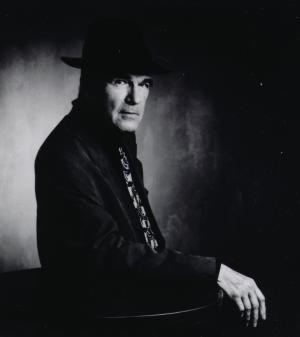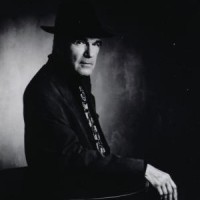
Four books to cover today: two works of nonfiction and two novels, one of which is deeply rooted in reality and one of which is…not. At their core is a shared fondness for transmissions: letters sent from continent to continent; artists whose work clamors for revival (or may require a late-career boost); lifelong bonds that abruptly cease to exist. Whether the setting is post-war Italy or the Soviet Union on the cusp of its dissolution, these books evoke places on the cusp of transformation — and, in some cases, summon the difficult means of evoking such transformation in correspondence.
I’ve been slowly making my way through the writing of Harry Mathews — author, literary theorist, Oulipo member, and, in tandem with Marie Chaix, one-half of one of my favorite literary couples. Most recently, I’ve tackled The Sinking of the Odradek Stadium, the story of a married couple separated by the Atlantic Ocean and seeking the location of lost treasure. Misunderstandings abound, as does the husband’s growing involvement in a possibly sinister secret cabal in Florida. In his Art of Fiction interview with The Paris Review, Mathews referred to his ideal reader as “someone who after finishing one of my novels would throw it out the window, presumably from an upper floor of an apartment building in New York, and by the time it had landed would be taking the elevator down to retrieve it.” Of the three of Mathews’s novels that I’ve read, The Sinking of the Odradek Stadium was, for me, the most difficult and frustrating, owing in part to the fragmented, epistolary nature of its narrative. And yet, a little over a week after finishing it, I’m starting to come around — it’s an intriguingly structured book, and he also impressively evoked someone transposing another language’s grammar into English. (It might fall into the category of works I admire more than I love, but that remains to be seen.) Either way, I’m looking forward to seeing Mathews and Chaix this evening at 192 Books (they’ll also be at Unnameable next week); I expect you’ll see thoughts on another of Mathews’ books (as well as another of Chaix’s) in this spot before long.
Elena Ferrante’s My Brilliant Friend is… Actually, that wouldn’t exactly be right: better to say “the first volume of Elena Ferrante’s My Brilliant Friend,” as the handsome volume I have before me is only the first part of a much longer work tracing the friendship of two women coming of age in Naples in the 1950s. And while there is some closure in this volume, there are larger questions that remain unanswered: why did Lina, the vibrant heart of the book, vanish? As the narrator, her old friend, begins to recount their shared history, one assumes that Ferrante is setting the reader up for some sort of revelation — or the power of an accumulation of powerful details. This book charts their earlier years; its level of detail, both spatial and in terms of characters major and minor, is practically Dickensian, and I’m eager to see what comes next.
John McPhee’s The Ransom of Russian Art, as with most of the work from McPhee that I’ve read, blends both a fascinating setting and a compelling personality. Here, that personality is one Norton Dodge, an American academic who slowly amassed a tremendous collection of underground Soviet art. Dodge himself is a fascinating figure, and he also allows serves as McPhee’s entry point into a world of suppressed artists, surveillance, and unorthodox methods for secreting works of art out of the Soviet Union. Some of the work reproduced here is haunting; equally haunting is McPhee’s observation that, once the Soviet Union fell, works by these artists were no longer as in demand.
Iconic figures also populate Lawrence Weschler’s A Wanderer in the Perfect City, a collection of profiles of artists, enthusiasts, and curators. It opens with “Shapinsky’s Karma,” the account of how one Akumal Ramachander, an Indian academic, endeavored to heighten the artistic reputation of a reclusive painter named Harold Shapinsky. What transpires — the lives of both Ramachander and Shapinsky are remarkable — is eminently compelling. Also powerful is Wescher’s profile of Nicolas Slonimsky, a composer and musical historian whose life encompasses most of the musical movements of the 20th Century, to say nothing of the Russian Revolution, Frank Zappa, and more. And late in the book, the essay “Gary’s Trajectory” has a wonderful setup which then transforms into something else — an echo of its subject who…well, that would be telling. Suffice to say, these profiles are comprehensive, compelling, and moving — and will likely inspire you to pick up a book, seek out a composition, or delve into the secret lives of omnipresent urban minutiae.
Follow Vol. 1 Brooklyn on Twitter, Facebook, Google +, our Tumblr, and sign up for our mailing list.

